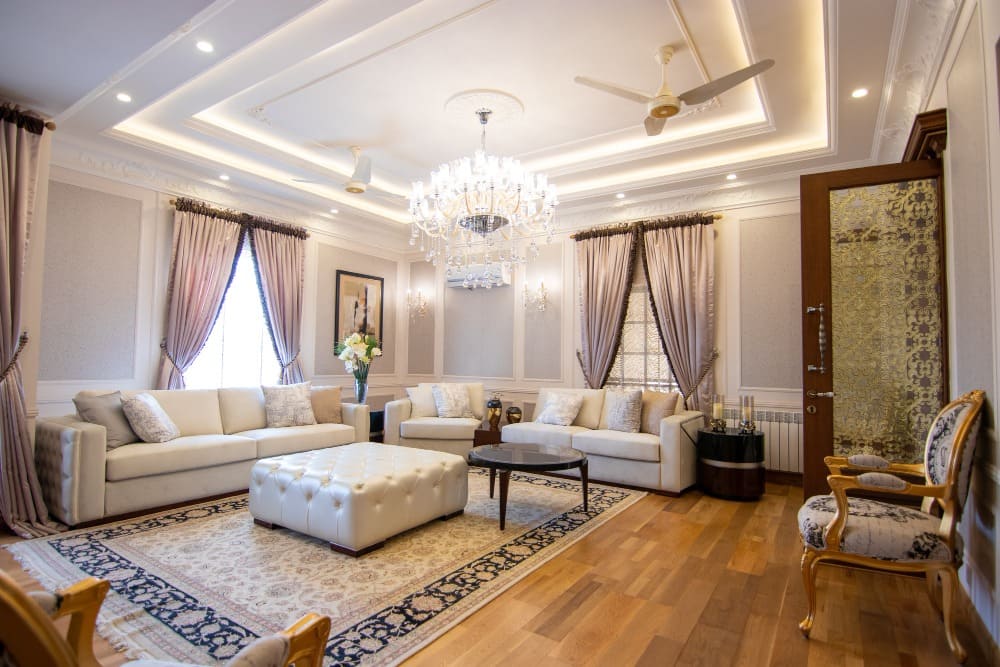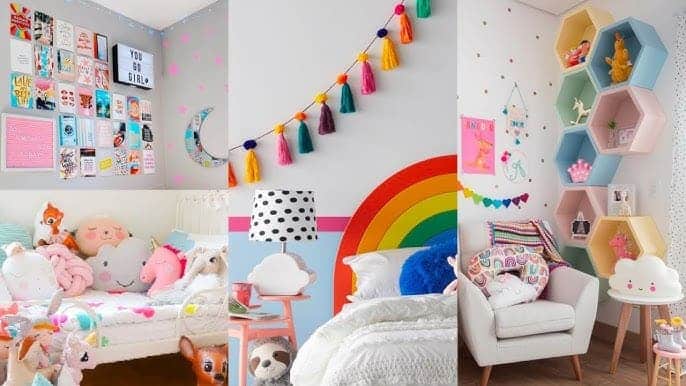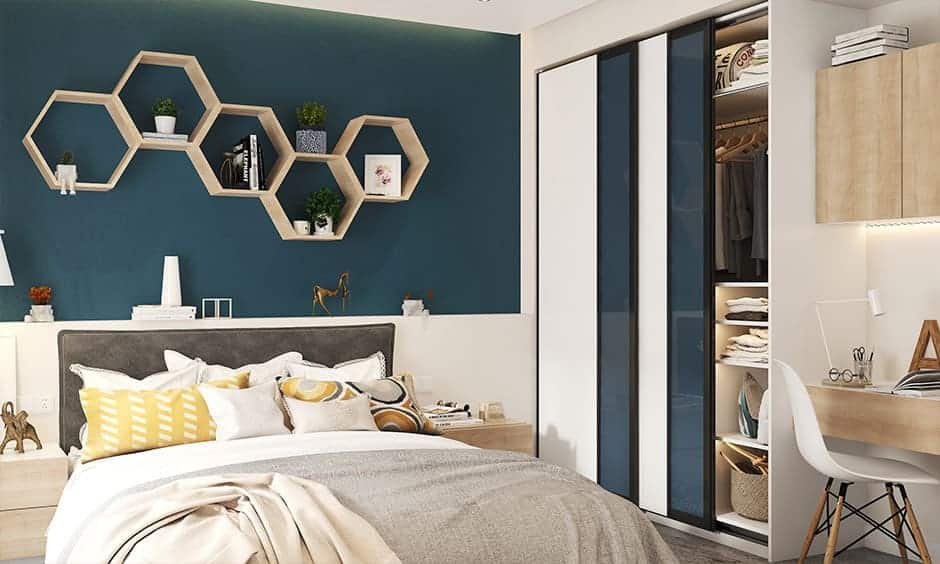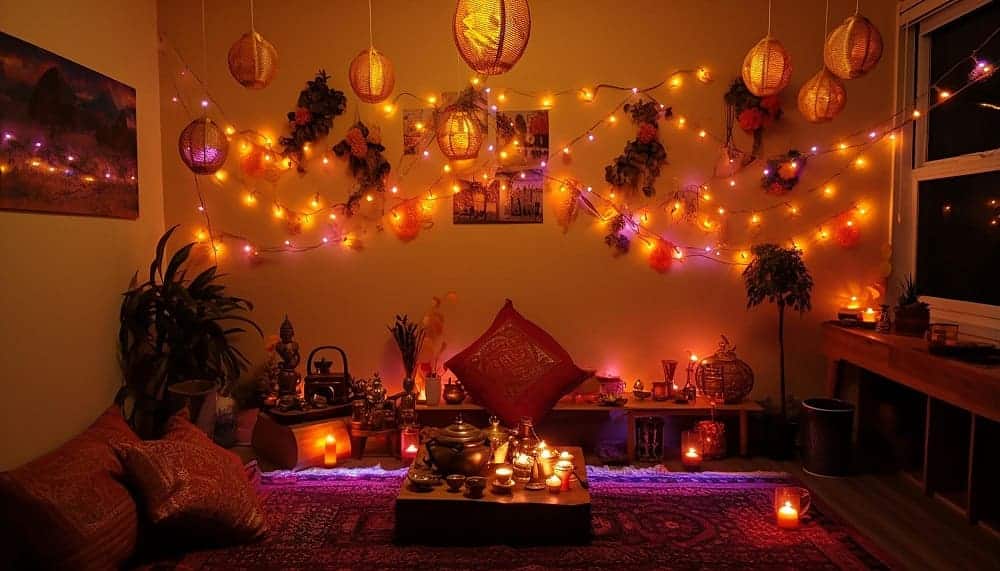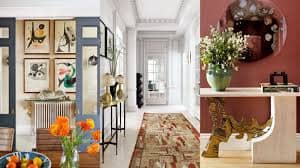In the realm of interior design, the fusion of traditional Indian aesthetics with contemporary elements has emerged as a captivating trend, captivating the attention of design enthusiasts worldwide. Modern Indian interior design embodies a unique blend of rich cultural heritage, vibrant colors, intricate patterns, and innovative concepts. At the heart of this design philosophy lies the harmonious integration of traditional elements with modern sensibilities, creating spaces that are both visually stunning and functionally efficient.
Embracing Cultural Heritage
Modern Indian interior design draws inspiration from India’s diverse cultural tapestry, celebrating its rich history, traditions, and craftsmanship. From majestic palaces to humble village homes, each space tells a story woven with the threads of tradition and heritage. Elements such as intricate wood carvings, handwoven textiles, and ornate motifs pay homage to India’s artistic legacy, infusing spaces with a sense of timelessness and elegance.
The Power of Colors and Textures
Central to modern Indian interior design is the use of vibrant colors and textures that evoke a sense of warmth and vitality. Bold hues such as deep reds, royal blues, and golden yellows are often juxtaposed with earthy tones to create a dynamic visual contrast. Textiles play a crucial role in adding texture and depth to interiors, with luxurious fabrics like silk, velvet, and brocade adding a touch of opulence to furnishings and decor accents.
Striking a Balance Between Tradition and Innovation
While rooted in tradition, modern Indian interior design is also characterized by its embrace of innovation and contemporary design principles. Architects and designers are reinterpreting traditional architectural elements such as jali screens, courtyards, and verandas in innovative ways, seamlessly blending old-world charm with modern functionality. This fusion of the past and the present results in spaces that are not only aesthetically pleasing but also conducive to modern-day living.
Creating Inviting and Functional Spaces
Beyond aesthetics, modern Indian interior design places a strong emphasis on creating spaces that are both inviting and functional. Open floor plans, ample natural light, and ergonomic furniture layouts are key features that enhance the livability of a space while promoting a sense of openness and connectivity. Thoughtful integration of technology ensures that modern conveniences coexist harmoniously with traditional elements, catering to the needs of contemporary lifestyles.
Sustainable and Eco-Friendly Practices
In recent years, there has been a growing emphasis on sustainable and eco-friendly practices within the realm of modern Indian interior design. Designers are increasingly incorporating environmentally friendly materials such as reclaimed wood, natural stone, and bamboo into their projects, reducing the carbon footprint of interiors while promoting responsible stewardship of resources. Energy-efficient lighting, passive cooling techniques, and water-saving fixtures further contribute to creating environmentally conscious spaces that prioritize both aesthetics and sustainability.
Conclusion
In conclusion, modern Indian interior design represents a captivating fusion of tradition and innovation, weaving together the rich tapestry of India’s cultural heritage with contemporary design sensibilities. By embracing the vibrant colors, intricate patterns, and timeless craftsmanship of the past while embracing the innovations of the present, designers are creating spaces that are both visually stunning and functionally efficient. With a strong emphasis on sustainability and eco-friendly practices, modern Indian interior design is not just a reflection of aesthetic preferences but also a commitment to creating spaces that are environmentally conscious and socially responsible.

